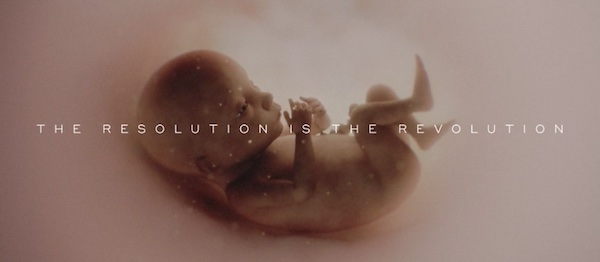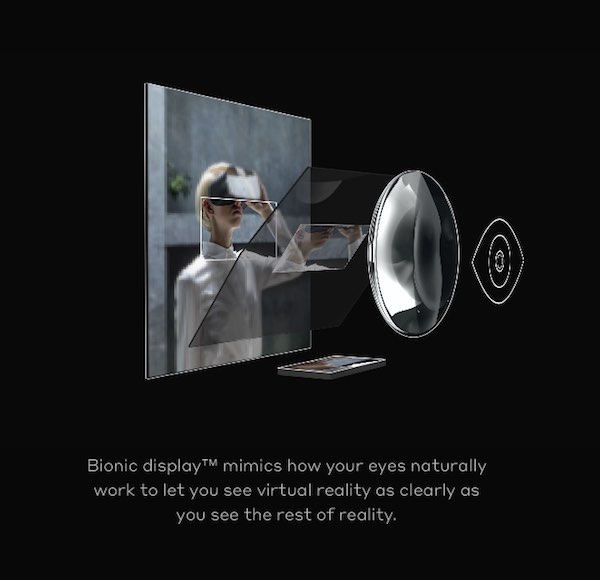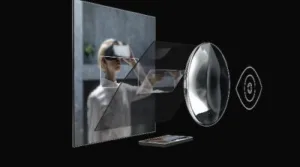The name Varjo is not very well known in the VR industry, but that may change if they can achieve what they are promising. The existing prototype was good enough to gather enough initial investors for a $15 million investment round. Their goal is to increase the perceived resolution of VR headsets beyond anything that is possible today.
 Varjo Message and Goal
Varjo Message and Goal
The Finnish start-up company is working on making a VR headset that brings much more reality to VR. We have discussed the resolution issue before as the human vision system is capable of perceiving so many more pixels than the best VR system is capable of providing today. In contrast to the human vision system which has different receptor densities from the center of our vision to the periphery, displays have the same pixel densities over the whole area. The industry is working on foveated rendering as a solution to this problem. In that solution, the display would reduce the number or density of rendered or displayed pixels towards the edge of our visual area. Nevertheless, the display would need the highest possible pixel density, even though many pixel will not be driven individually, but combined into clusters.
Varjo is coming up with a different solution. They overlay a high resolution image over the standard resolution image as it is used in the existing VR systems. The following image explains what they are trying to achieve.
 Varjo Bionic Display Idea of a Twofold Image Creation
Varjo Bionic Display Idea of a Twofold Image Creation
There is also an animated version of this image available here.
Since the human eye moves around quickly, the high resolution image in the center has to be projected in direction of the eye based on eye tracking technology. Still, the mirror has to be fast and accurate enough to always cover the center of our eye vision, otherwise the perception of ‘reality’ will be broken.
All of this has to be happening without creating any kind of image artifacts. So the frame rate has to be pretty high, which they are achieving compliments of a DMD display. As a consequence, the driving scheme has to be synchronized between the background LCD/OLED display and the projection DMD. As this being a first time to use two different imager types with the same frame, the implementation will certainly bring up some surprises. (NH)
Analyst Comment
Varjo was in London last week to show off its headsets, but we weren’t able to meet up as we were at ISE – very frustrating! (BR)

